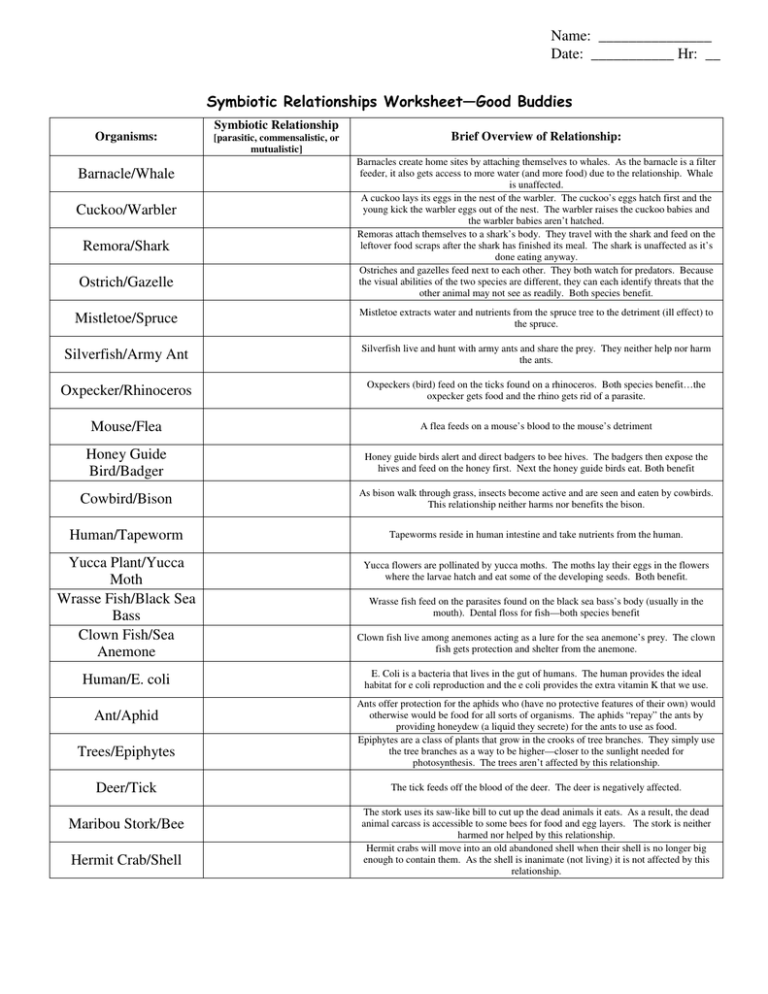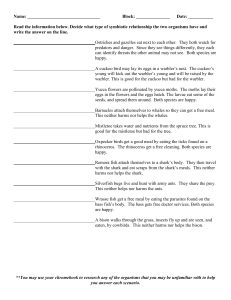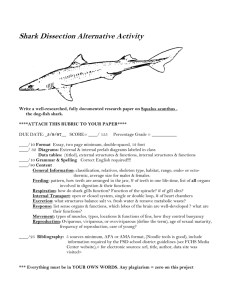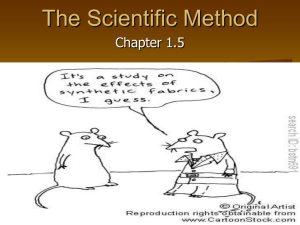Symbiotic Relationships Worksheet—Good Buddies Barnacle/Whale Symbiotic Relationship
advertisement

Name: _______________ Date: ___________ Hr: __ Symbiotic Relationships Worksheet—Good Buddies Symbiotic Relationship Organisms: Barnacle/Whale Cuckoo/Warbler Remora/Shark Ostrich/Gazelle [parasitic, commensalistic, or mutualistic] Brief Overview of Relationship: Barnacles create home sites by attaching themselves to whales. As the barnacle is a filter feeder, it also gets access to more water (and more food) due to the relationship. Whale is unaffected. A cuckoo lays its eggs in the nest of the warbler. The cuckoo’s eggs hatch first and the young kick the warbler eggs out of the nest. The warbler raises the cuckoo babies and the warbler babies aren’t hatched. Remoras attach themselves to a shark’s body. They travel with the shark and feed on the leftover food scraps after the shark has finished its meal. The shark is unaffected as it’s done eating anyway. Ostriches and gazelles feed next to each other. They both watch for predators. Because the visual abilities of the two species are different, they can each identify threats that the other animal may not see as readily. Both species benefit. Mistletoe/Spruce Mistletoe extracts water and nutrients from the spruce tree to the detriment (ill effect) to the spruce. Silverfish/Army Ant Silverfish live and hunt with army ants and share the prey. They neither help nor harm the ants. Oxpecker/Rhinoceros Oxpeckers (bird) feed on the ticks found on a rhinoceros. Both species benefit…the oxpecker gets food and the rhino gets rid of a parasite. Mouse/Flea A flea feeds on a mouse’s blood to the mouse’s detriment Honey Guide Bird/Badger Honey guide birds alert and direct badgers to bee hives. The badgers then expose the hives and feed on the honey first. Next the honey guide birds eat. Both benefit Cowbird/Bison As bison walk through grass, insects become active and are seen and eaten by cowbirds. This relationship neither harms nor benefits the bison. Human/Tapeworm Tapeworms reside in human intestine and take nutrients from the human. Yucca Plant/Yucca Moth Wrasse Fish/Black Sea Bass Clown Fish/Sea Anemone Yucca flowers are pollinated by yucca moths. The moths lay their eggs in the flowers where the larvae hatch and eat some of the developing seeds. Both benefit. Human/E. coli Ant/Aphid Trees/Epiphytes Deer/Tick Maribou Stork/Bee Hermit Crab/Shell Wrasse fish feed on the parasites found on the black sea bass’s body (usually in the mouth). Dental floss for fish—both species benefit Clown fish live among anemones acting as a lure for the sea anemone’s prey. The clown fish gets protection and shelter from the anemone. E. Coli is a bacteria that lives in the gut of humans. The human provides the ideal habitat for e coli reproduction and the e coli provides the extra vitamin K that we use. Ants offer protection for the aphids who (have no protective features of their own) would otherwise would be food for all sorts of organisms. The aphids “repay” the ants by providing honeydew (a liquid they secrete) for the ants to use as food. Epiphytes are a class of plants that grow in the crooks of tree branches. They simply use the tree branches as a way to be higher—closer to the sunlight needed for photosynthesis. The trees aren’t affected by this relationship. The tick feeds off the blood of the deer. The deer is negatively affected. The stork uses its saw-like bill to cut up the dead animals it eats. As a result, the dead animal carcass is accessible to some bees for food and egg layers. The stork is neither harmed nor helped by this relationship. Hermit crabs will move into an old abandoned shell when their shell is no longer big enough to contain them. As the shell is inanimate (not living) it is not affected by this relationship.








